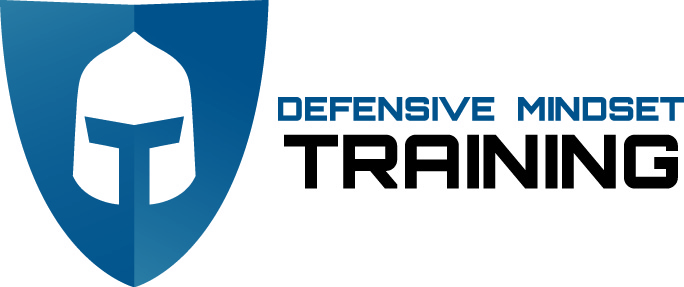Tactical tip: What to do in a mass shooting
Beau Doboszenski, Owner/Lead Instructor
Originally published August 8th, 2019
Tactical Tip: What to do in a mass shooting?
Last weekend’s mass killing tragedies in El Paso, Texas and Dayton, Ohio are a reminder of the question we often ask ourselves in our defensive classes: “What should I do if I find myself involved in a mass shooting attack?”
That’s a good question for defenders to ask because quick action can make a big difference. The scale of these events is usually determined by how long it took to get a second firearm involved: the firearm of a good guy, be it citizen or law enforcement.
But the student’s question is also very broad. What do you mean “involved?”
At DMT we look at involvement in two ways: direct and indirect.
Direct Involvement:
If you’re directly involved, it means you’re within the field of fire, the area of attack of the killer. That means fight or run. If you have a weapon, use it. If you don’t, throw things at the killer. No matter what, you need to act. Do anything you can to disrupt, distract, or disable the killer. If you have to run, don’t run in a straight line. Look for sharp right angles and find ways to quickly place barriers between you and the killer.
Indirect Involvement:
If you’re indirectly involved, you’re not in immediate danger of being hit. This gives you more time to decide. One absolutely legitimate option is to start the Plan of Action and create distance while introducing barriers on the way out. You’re under zero obligation to stop that threat if you’re indirectly involved. Plus, if you’re with vulnerable family members or children, they should be your first priority. You might also be able to take other vulnerable people with you as you escape.
If you’re indirectly involved, and have the means to apply lethal force to stop the killing, you may decide to engage with the threat and stop them, as multiple Dayton police officers did to stop that killing. But understand that if you decide to engage, you may face counter attack from the killer, or might be mistaken for a second shooter by incoming law enforcement. You will also certainly be detained, and potentially subjected to law enforcement investigation following the event. You must weigh these negative risks vs. the positive risks of saving lives by stepping in to defend.
You as a citizen defender are not obligated to take down the killer. However, these sort of mass attacks are often prevented because citizens like you step in and prevent the tragedy before it makes headlines. Ultimately, being highly skilled and ready to respond will make all the difference as to your success in a mass killing event, whether you’re involved directly or indirectly. Come to a class or keep working on the Online Tactical Firearms Training System to make sure you’re on your game if tragedy strikes.
Go to the Training Videos section and check out my intel briefing on the tactics and risks of engaging the Active Shooter vs. the Terrorist. How you might respond will change dramatically if you can understand who you may be dealing with.
